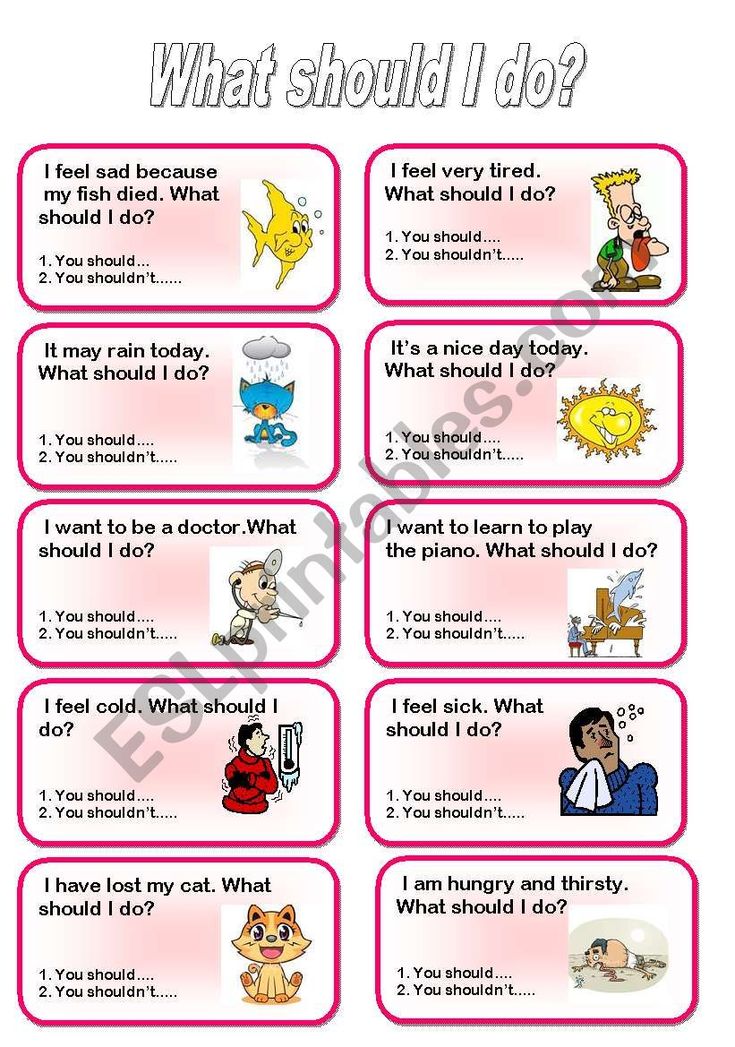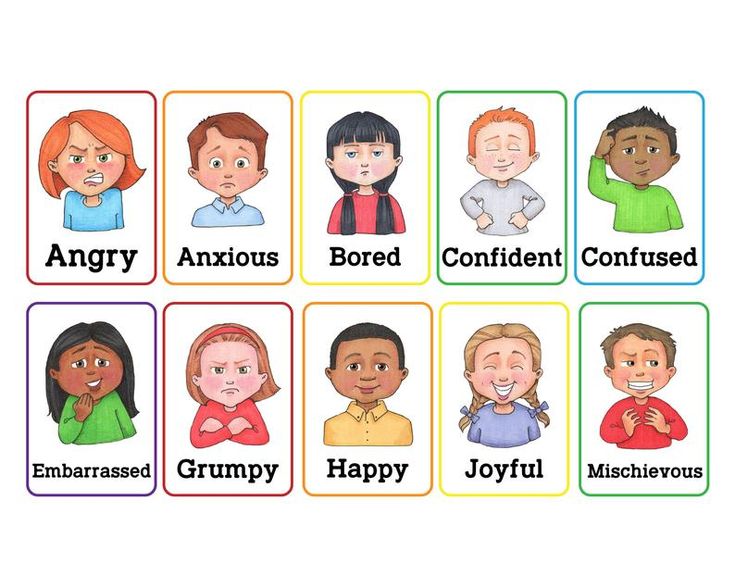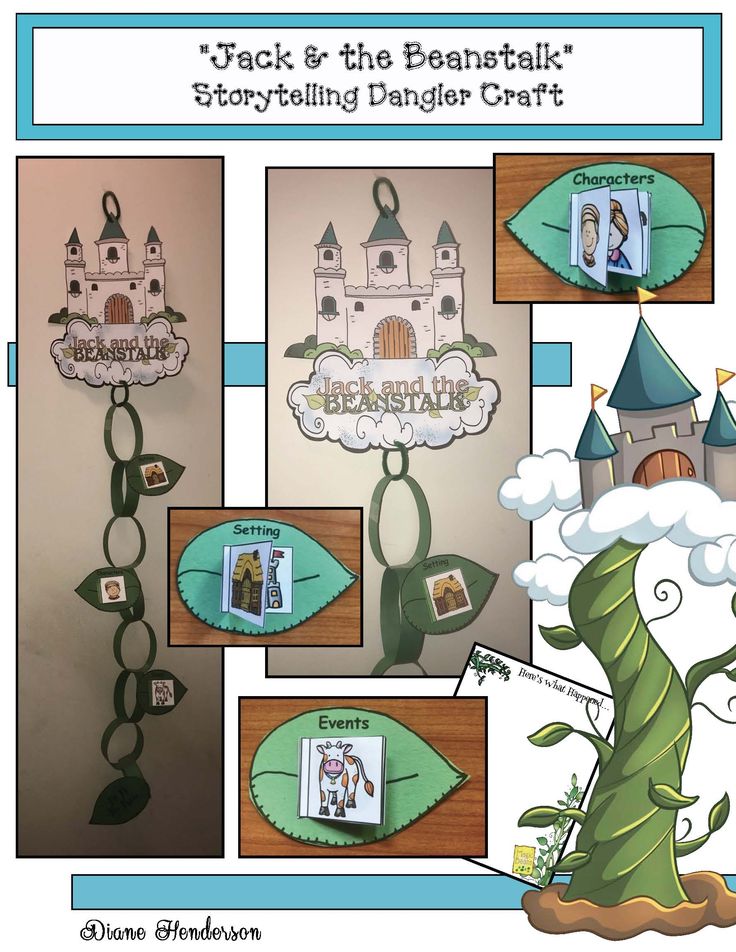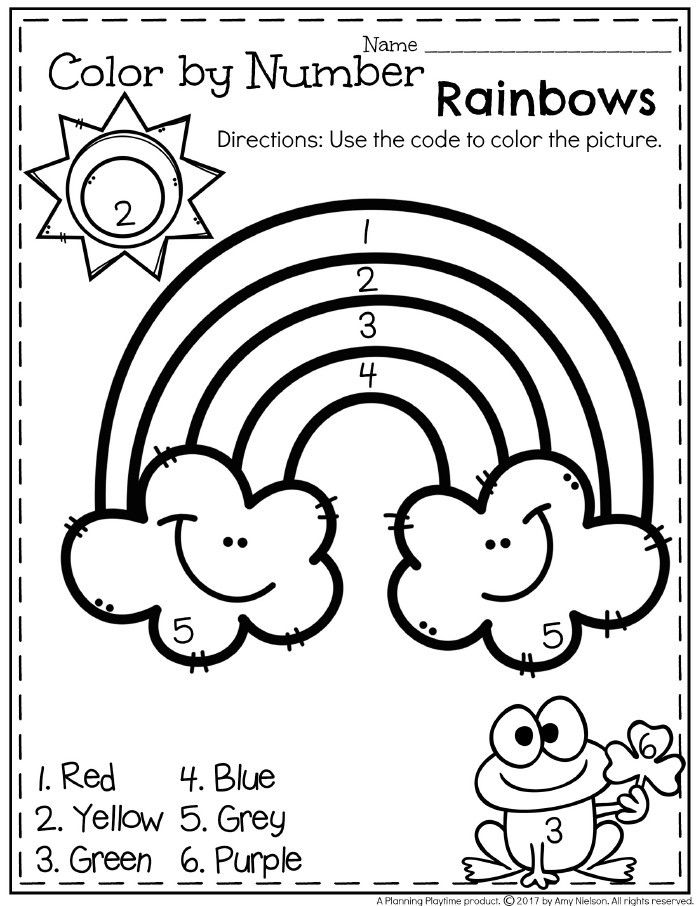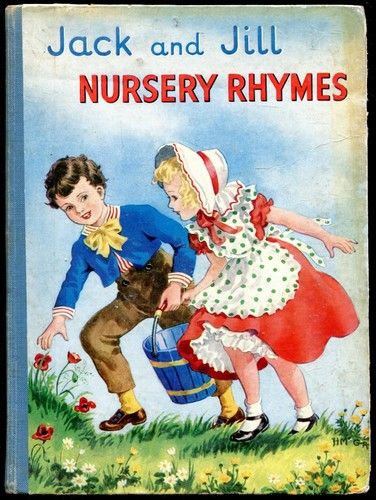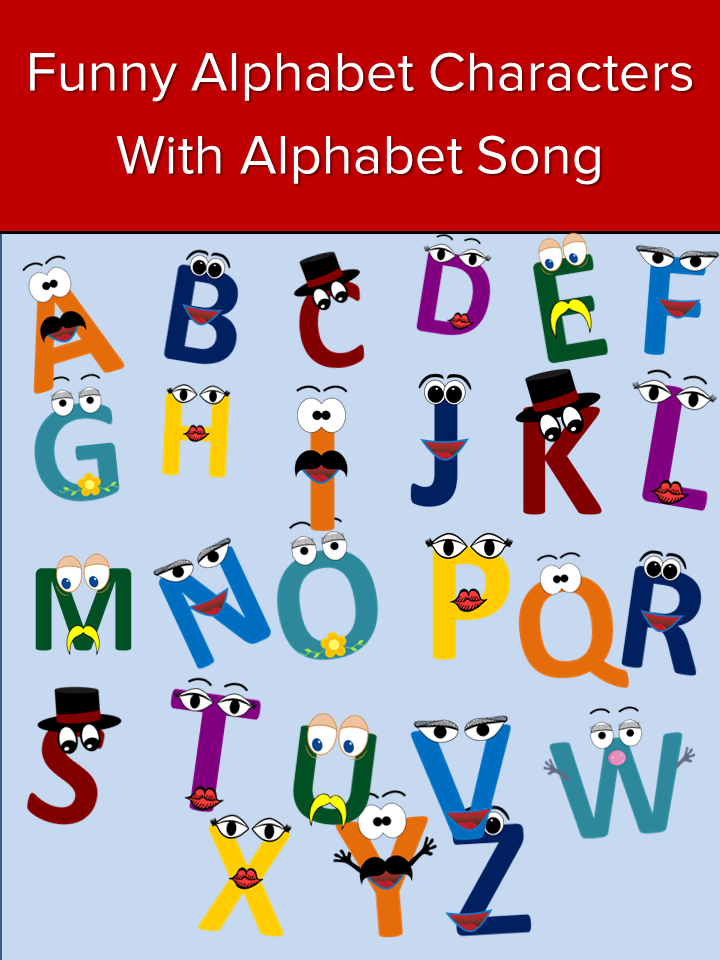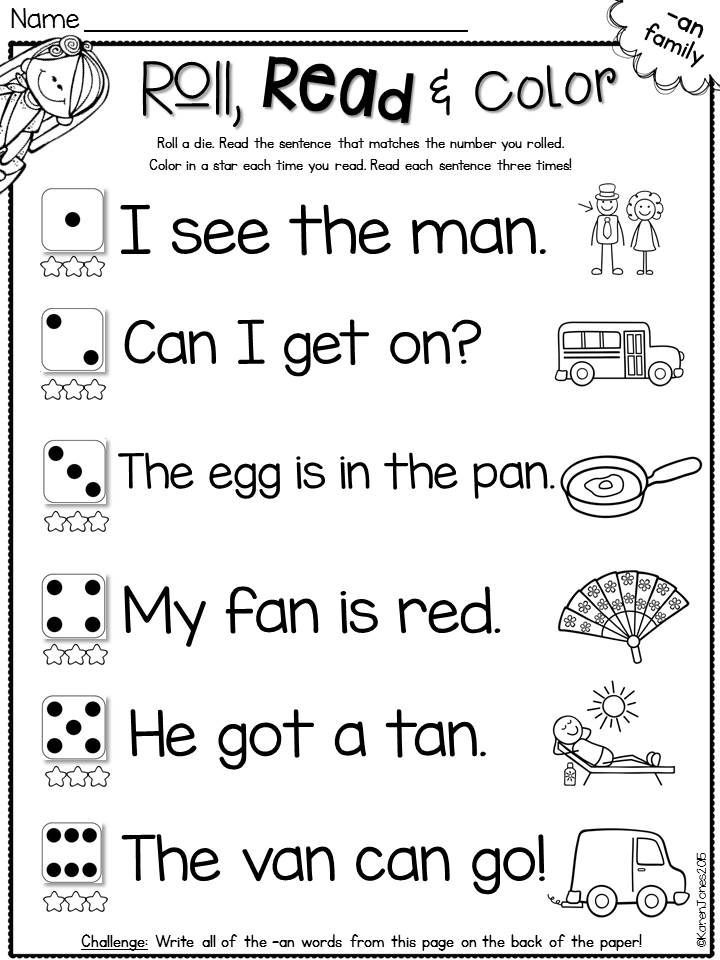Components of emergent literacy
What It Is And Why It’s Important
What Is Emergent Literacy?
Emergent literacy is the stage during which children learn the crucial skills that lead to writing and reading.
Literacy builds on the foundations of language to include the advanced ways in which we use language to communicate — primarily through reading, writing, listening, watching, and speaking with one another.
Components Of Emergent Literacy
Emergent literacy is made up of several different parts. Your child will encounter these essential components as they begin to explore reading. They include:
- An interest and enjoyment in print — handling books and relating them to their stories or information.
- Print awareness: how to handle a book, reading from left to right. Your child recognizes pictures and some symbols, signs, or words.
- An interest in telling and listening to stories. They attend to, repeat, and use some rhymes, phrases, or refrains from stories or songs.
- They make marks and use them to represent objects or actions. An understanding that words are made up of letters, recognizing letters when they see them.
- Your child comprehends meaning from pictures and stories.
And the list goes on! Really, emergent literacy components help your child understand the basic tools they’ll need to read all sorts of books and other materials in the future.
Why Is Emergent Literacy Important?
Almost every skill we learn in life requires some preliminary learning in order to finally achieve mastery. For example, you probably didn’t wake up one day knowing how to make pancakes (although if you did, we would love to learn your secrets!).
Instead, you first had to learn what ingredients you needed, how much to measure each item, how long to cook the batter, and so on.
Reading and writing require these same preparatory steps, also known as emergent literacy.
Emergent literacy preps your child’s brain with the skills they’ll need to learn how to read.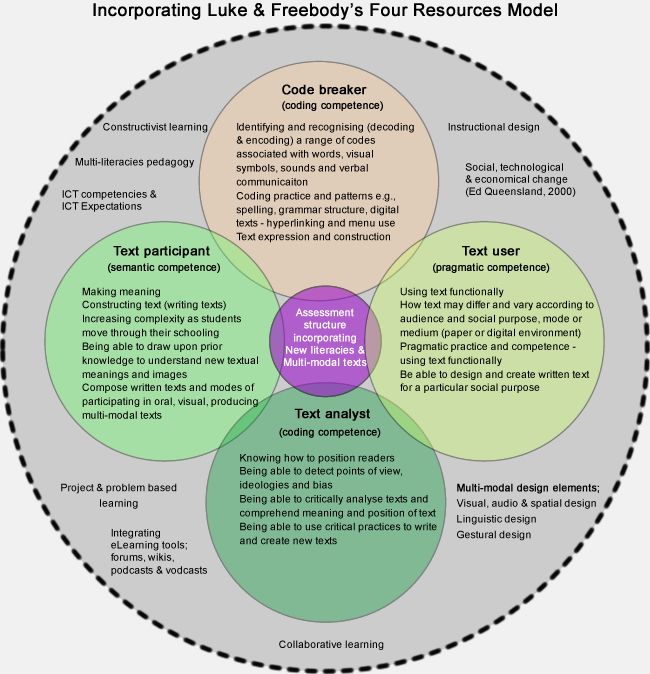 And while this may sound complex, many emergent literacy skills develop naturally!
And while this may sound complex, many emergent literacy skills develop naturally!
When your child points at something and you follow their direction or when you call their attention to noises, objects, or people in their surroundings by speaking to them, you’re helping your child develop emergent literacy skills.
You’re helping them acquire the same tools they’ll incorporate into their future learning, from reading their very first storybook to writing a master’s thesis.
Supporting Your Child’s Emergent Literacy Skills
Here are some fun and easy ways you can stimulate your child’s emergent literacy skills at home.
Read Aloud
Reading aloud is the most effective way for a child to learn to love books and the power of stories. Loving to read begins with loving to listen to stories!
Our team at HOMER believes that investing in read-aloud sessions with your child substantially improves many of the skills they need on their lifelong reading journey.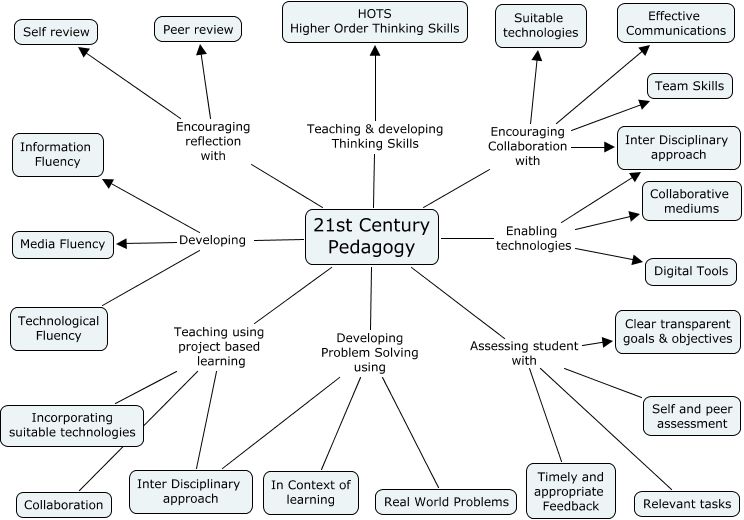
For emergent readers, there are few things more wonderful (or effective) than sitting down with mom or dad and uncovering the worlds that live between the covers of a book.
With you as their guide, your child will grow more confident and reassured as they gradually learn about the things they love (like how many different types of dogs exist or how the sky makes rainbows).
Reading aloud to your child also helps strengthen their imagination and build their curiosity. While listening to you recount the wonderful world inside of a story, your child’s mind will be actively running through images, scenarios, and all the colorful possibilities that lie beyond the page.
Reading aloud is one of the easiest, most rewarding ways for you to bond with your child while helping them learn. Consider that by reading aloud to them and encouraging their participation, you are empowering them as learners.
Additionally, you will reap the benefits of understanding their interests more deeply, engaging with their budding imagination, and instilling confidence in their learning process.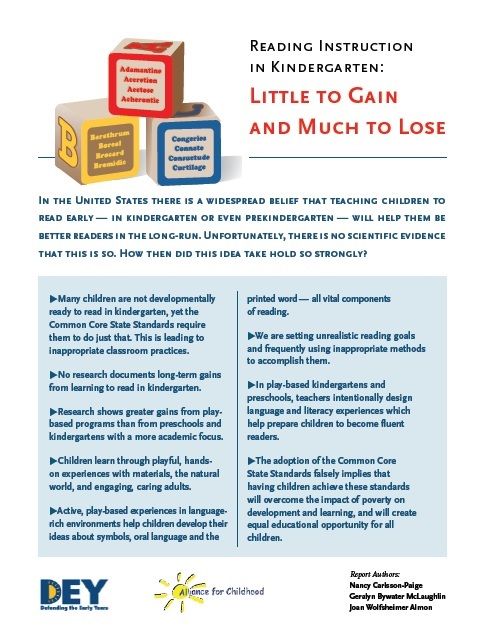
Let Your Child Take Charge
As your child grows, their sense of independence and autonomy continues to develop. While we know these early years are precious, we also know you’re hopeful your child will grow into a strong, independent learner who reads well and frequently.
Allowing your child to assert their unique personality and independence every now and then can be beneficial in engaging their emergent literacy skills.
These moments may seem small at first, but even the simplest freedoms in your child’s routine can have huge impacts on their individualism! It’s all about allowing your child to exert a certain amount of control over their reading time.
For example, instead of you turning the pages during your reading time together, allow your child to dictate when the pages should be turned. This may take some getting used to for them as they learn the pace of reading aloud in conjunction with the words they see printed.
You can also let them experiment with narrating! Even if your child cannot read yet (we know they’re called emergent readers for a reason!), allowing them to use their toddler-talk through the story shows them that they will read one day not far away.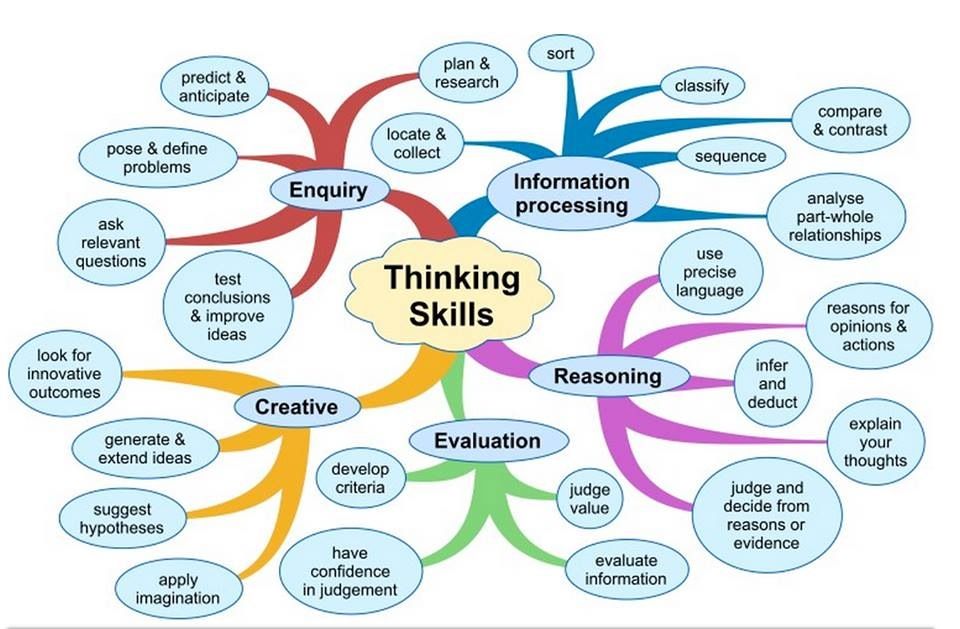
Finally, letting your child pick out the book you’ll read together is a great way to engage their sense of independence. It gives them something to look forward to while reading with you and also gives you insight into their interests.
If you find your child keeps reaching for the same book multiple times, don’t worry — rereading is highly beneficial, too!
Take Your Time
Don’t be afraid to slow it down for your child while you’re reading together, or even just in your daily speech.
We know we’re all guilty of it. For so long, our babies aren’t sure how to “properly” talk back yet, so there may be the occasional time when we find ourselves mumbling to our baby without really engaging them, or simply saying nothing at all!
Taking time to be more conscientious of the ways in which you talk to your child, especially in their very young years, can help them gain the skills they’ll need to read, speak, and write.
Especially when reading together, there’s no need to rush! We recommend taking your sweet time. Even if it’s just with one page of a book at a time, slow down and ensure your child is engaged.
Even if it’s just with one page of a book at a time, slow down and ensure your child is engaged.
Consider these questions:
- Does your child recognize every animal on a page?
- Do they know what color this character’s hair is or whose hair it resembles in your family?
- Do they know what sound a truck makes?
- When you say the word “surprise,” does your child react in a way that conveys understanding (throwing their hands up in exclamation or even clapping)?
Addressing these questions can help you and your child slow down and take in all the details that are in a story.
Keep The Conversation Going
If you like the idea of our last emergent literacy strategy, this one pairs perfectly with it!
We know half of the adventure in helping your child learn to read is figuring out what gaps in their understanding still need to be filled. The other part of the journey is keeping them engaged and interested and seeing how far your conversations with one another can go!
As your child expands their vocabulary and begins utilizing it, we encourage you to elaborate on the things they may point out to you. For example, if you’re walking together and they see a dog, they may point at it and say, “puppy!”
For example, if you’re walking together and they see a dog, they may point at it and say, “puppy!”
In any scenario like this, following up their observation with a cheer is great. Following up with more questions is even better! After affirming they saw the right thing (or correcting them if they mistakenly called it a kitty, for example), ask them about details and descriptions.
You could say, “Does this puppy have long ears? Yes, he does! Feel how soft his ears are. Isn’t his fur shiny, brown, and so soft? What a cute puppy.”
Injecting these details and descriptions into your conversations might feel silly, but it helps your child immensely!
By expanding on the image they identified, you’re directly contributing to their understanding of the scene in front of them. The next time they see a puppy in a park, they may take your lead and say, “Look! A big puppy!”
This progress shows that your child’s emergent literacy is growing!
Let Your Child “Write”
Emergent literacy incorporates writing as well as reading.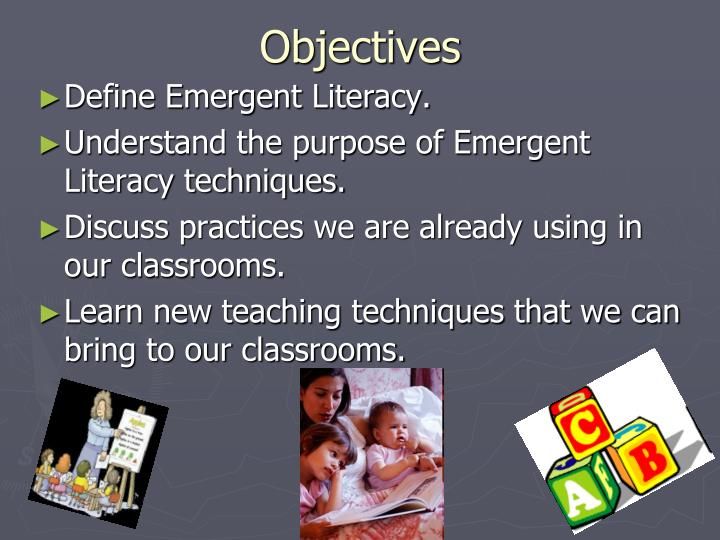 This may sound a little crazy — how can your child write if they don’t know how to read yet?
This may sound a little crazy — how can your child write if they don’t know how to read yet?
While your child may not be able to correctly write out words, we certainly encourage you to let them try! Even if it’s just scribbling, allowing your child to practice “writing” gets their brain going in the right direction.
It also prepares them for what writing is really like and shows them that they have the power to put words on paper. There are stages of learning how to write, and scribbling is the first step!
Asking for your child’s help with writing out short tasks can boost their confidence and their excitement about learning to write. Good options include grocery lists, birthday cards, get-well-soon cards, thank you notes, or notes for their siblings and family.
Whatever keeps them excited and engaged is a great vehicle for motivating their writing skills!
Emergent Literacy Is Just The Beginning!
We know that emergent literacy is only the start of your child’s reading and writing journey.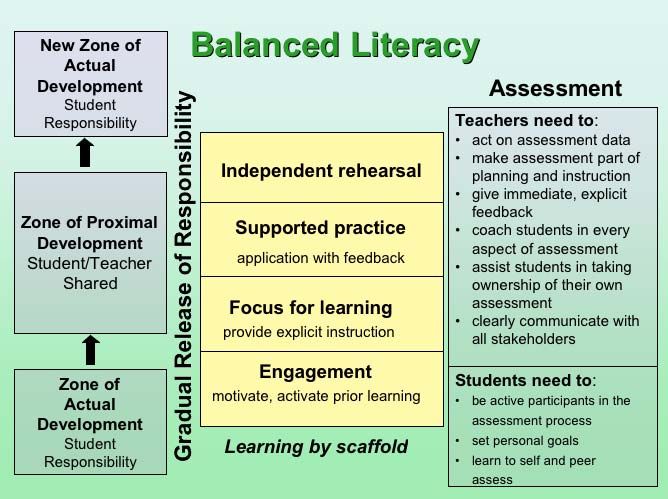
While you and your child are probably thrilled at the idea of their eventual independence and confidence when it comes to handling books, it’s going to take some time. And that’s perfectly OK!
Every child is different and will learn how to read and write in their own time. The important part is enjoying the adventures you have together on the way there!
We hope our emergent literacy tips were helpful! If you ever want to change up your routine and explore new ways to touch on these skills, our Learn & Grow app is a great place to start! The personalized practices will give your child the tools they need for their learning journey.
Author
Engaging and Empowering Emergent Readers and Writers, Birth – Age 5
“Children are born with wings. Teachers help them to fly.”
-Shelby Stollery
1.1 Introduction
1.2 Empowering Approaches to Literacy Development
1.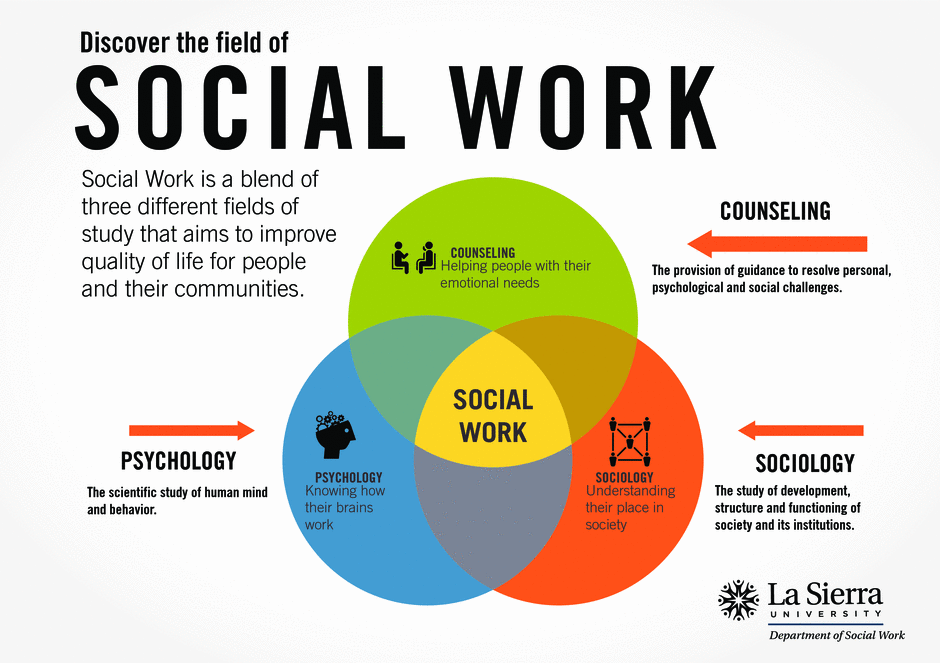 3 What is Emergent Literacy?
3 What is Emergent Literacy?
1.4 Emergent Literacy Areas
1.5 Nested Literacy
1.6 Textbook Organization
Marvin and Maria, both three-years-old, played with four-year-old John in the backyard outdoor area in a multi-age family home child care. There were five tree stumps of varying heights and a very large piece of a tree trunk lying sideways on the ground. The children scrambled on top of the stumps and the trunk, laughing and occasionally saying, “Watch me!” Maria and Marvin both made several attempts to climb on the large sideways log by bringing up a knee, but John was able to climb atop it more easily. Marvin frustratedly exclaimed, “I can’t do it!” Maria pointed to John, replying, “He is big!” And John said, “Get your leg up,” while demonstrating a maneuver holding the top of the trunk while extending a straight leg.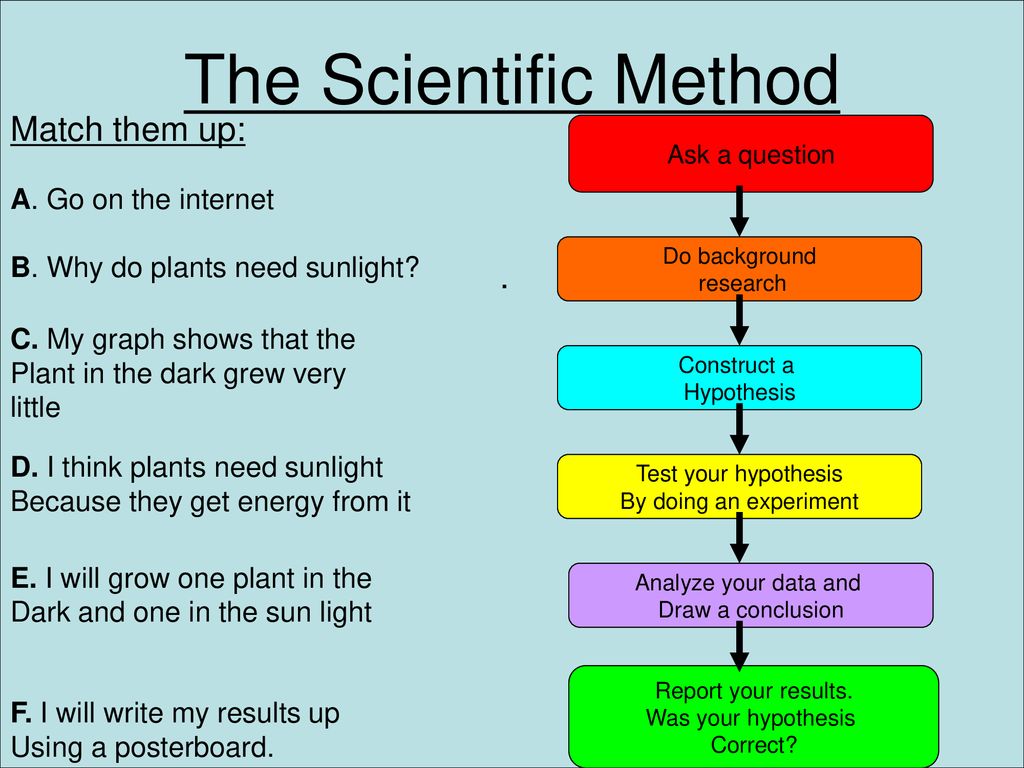 When Marvin made his next attempt, he bent his knee as he had done before. John coached, “No. Like this!” and demonstrated. After trying once or twice, Marvin was able to climb atop the trunk. Maria then made several attempts. Though she used the straightened leg approach that had worked for John and Marvin, she could not climb onto it alone. Marvin walked over as she struggled and nudged her further forward, and she was finally able to sit on top of the trunk.
When Marvin made his next attempt, he bent his knee as he had done before. John coached, “No. Like this!” and demonstrated. After trying once or twice, Marvin was able to climb atop the trunk. Maria then made several attempts. Though she used the straightened leg approach that had worked for John and Marvin, she could not climb onto it alone. Marvin walked over as she struggled and nudged her further forward, and she was finally able to sit on top of the trunk.
Young children such as Marvin, Maria, and John have diverse abilities and experiences with language. They are each at different places in terms of their physical stage of development, previous experiences, and expectations of what they think they can do. They use language in different ways. At times, they speak, beckon, or make other gestures. They laugh and smile to signal pleasure and cry out in pain, anger or frustration. They use language for enjoyment and for resolution of problems.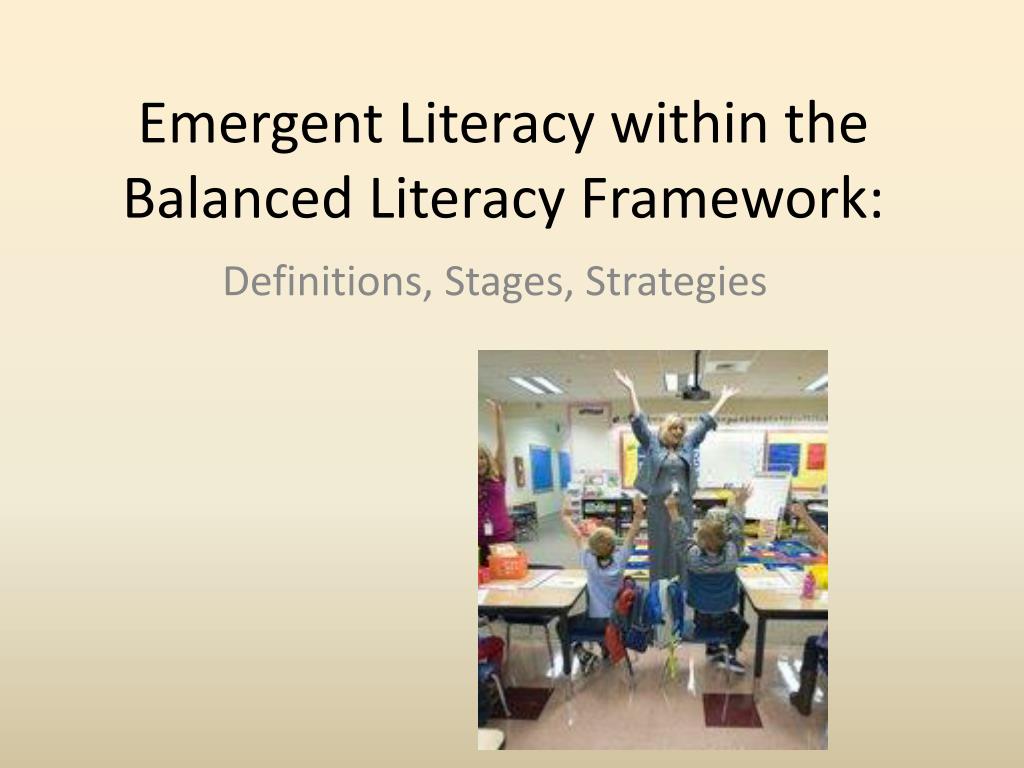 They are listening and speaking, communicating non-verbally, and developing concepts that support their comprehension and vocabulary. They can share meaning by expressing themselves and understanding language. Young children are beginning to demonstrate that they can communicate a message through writing.
They are listening and speaking, communicating non-verbally, and developing concepts that support their comprehension and vocabulary. They can share meaning by expressing themselves and understanding language. Young children are beginning to demonstrate that they can communicate a message through writing.
This textbook, Early Childhood Literacy: Engaging and Empowering Emergent Readers and Writers Birth-Age 5, outlines the connection between different areas of language and literacy and describes strategies for supporting development and promoting instruction. Early literacy includes reading, writing, and language development. Writing includes any early writing attempts and pre-writing behaviors just as reading includes any early reading attempts and recognition of symbols and sounds. Language also includes listening and speaking (oral language) and the use of gestures and signs to communicate. The term oral language is commonly used to describe early language development separately from reading and writing. This text assumes oral language is a component of language and embraces the broader term to underscore the communication practices outside of listening and speaking. For example, some children use sign language or a picture board. For these reasons, the textbook will focus on language development in its totality, including oral language. This textbook is focused on birth to age 5 because early literacy development is crucial for future learning and development. This introductory chapter will explore the following questions:
This text assumes oral language is a component of language and embraces the broader term to underscore the communication practices outside of listening and speaking. For example, some children use sign language or a picture board. For these reasons, the textbook will focus on language development in its totality, including oral language. This textbook is focused on birth to age 5 because early literacy development is crucial for future learning and development. This introductory chapter will explore the following questions:
- Why do we use a strengths-based approach when we consider what literacy development is?
- What is emergent literacy?
- What is the nested model of literacy?
- What definitions and terms of common literacy are important to know?
Each child has unique strengths and uses strategies they learn are successful to foster literacy development. It is crucial to start with an approach that emphasizes what children can do instead of what they cannot yet achieve. An approach that begins with examining deficits often over-emphasizes what children lack instead of their capacities. Children’s literacy experiences are housed within relationships and opportunities. An integrated approach acknowledges that reading, writing, and language development are connected and contextualized by children’s experiences. Language development, and later reading and writing, are vehicles for comprehension, even as our increasing comprehension helps us to form each of these three areas. The components of literacy develop incrementally and they all foster the development of the other components. Literacy development requires a holistic approach, focusing on understanding the whole child across contexts and time with a strengths-based focus.
It is crucial to start with an approach that emphasizes what children can do instead of what they cannot yet achieve. An approach that begins with examining deficits often over-emphasizes what children lack instead of their capacities. Children’s literacy experiences are housed within relationships and opportunities. An integrated approach acknowledges that reading, writing, and language development are connected and contextualized by children’s experiences. Language development, and later reading and writing, are vehicles for comprehension, even as our increasing comprehension helps us to form each of these three areas. The components of literacy develop incrementally and they all foster the development of the other components. Literacy development requires a holistic approach, focusing on understanding the whole child across contexts and time with a strengths-based focus.
This textbook acknowledges the importance of collaboration in a strengths-based focus as it fosters cultural responsiveness and an integrated approach to learning.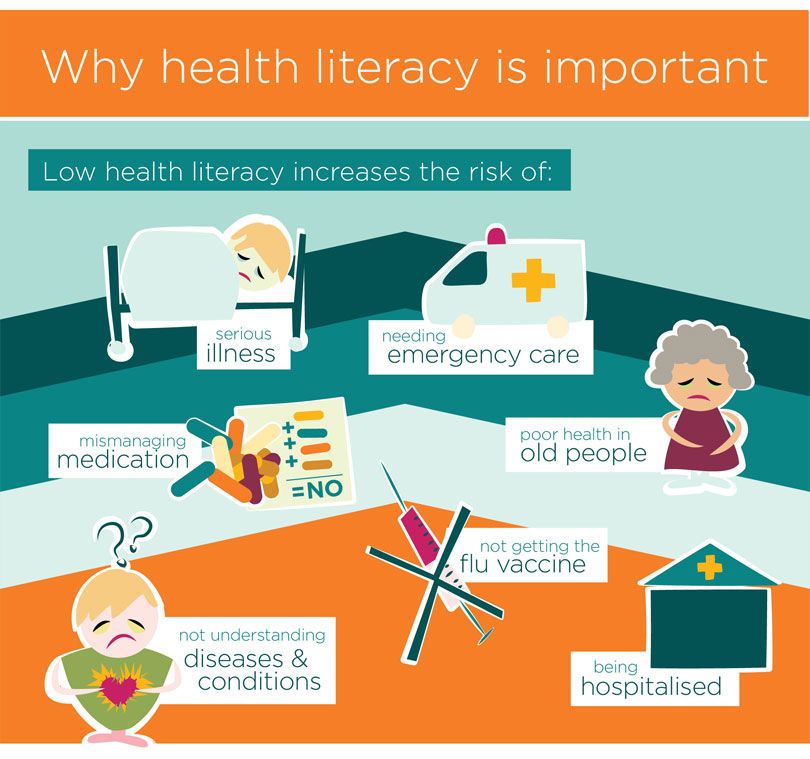 By starting with the expectation that there are multiple perspectives to be heard and valued, educators are better equipped to embrace and respond to the needs of children and families. Strong communication among all of the adults that make up the context of the child’s life promotes the opportunities for children and families to have input and influence in the environment. This, in turn, fosters positive outcomes for children’s literacy development.
By starting with the expectation that there are multiple perspectives to be heard and valued, educators are better equipped to embrace and respond to the needs of children and families. Strong communication among all of the adults that make up the context of the child’s life promotes the opportunities for children and families to have input and influence in the environment. This, in turn, fosters positive outcomes for children’s literacy development.
Emergent literacy is based on the notion that children acquire knowledge about reading, writing, and language before they have begun any formal education (Clay, 1966, 2001; Sulzby & Teale, 1982; Whitehurst & Lonigan, 1998, 2001). This conceptualization of literacy as a developmental process that begins at birth counters previous early literacy theories that believed readiness for learning to read began with formal schooling (Whitehurst & Lonigan, 1998).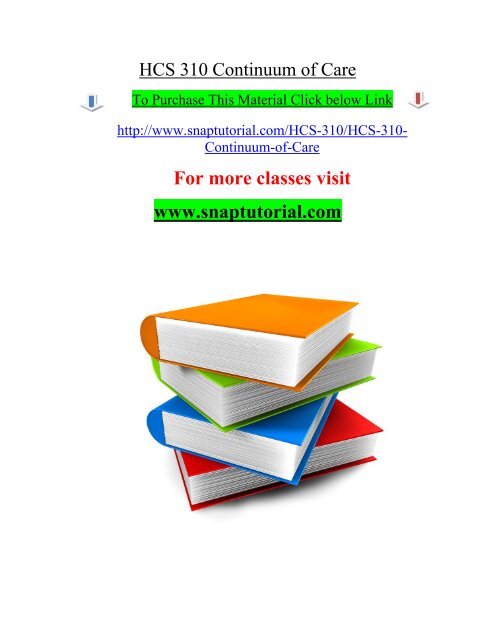 Many researchers have contributed to our understanding of literacy development in the earliest years. According to Marie Clay (1966), literacy development begins early in life and is ongoing. Teale (1987) explained that children not only have particular experiences before they start school, but they also have developed interests. Emergent literacy is the result of children’s involvement in reading activities facilitated by literate adults (Teale, 1982). Sulzby and Teale (1991) define emergent literacy as the reading and writing behaviors that precede and develop into conventional literacy. These early literacy behaviors indicate a child’s stage of reading and are particularly revealing in determining the approaches a child will use as they engage in the task of reading. Similarly, Whitehurst and Lonigan (1998) define emergent literacy as a “developmental continuum between prereading and reading involving skills, knowledge and attitudes that are the developmental precursors to reading and writing” (1998, p.
Many researchers have contributed to our understanding of literacy development in the earliest years. According to Marie Clay (1966), literacy development begins early in life and is ongoing. Teale (1987) explained that children not only have particular experiences before they start school, but they also have developed interests. Emergent literacy is the result of children’s involvement in reading activities facilitated by literate adults (Teale, 1982). Sulzby and Teale (1991) define emergent literacy as the reading and writing behaviors that precede and develop into conventional literacy. These early literacy behaviors indicate a child’s stage of reading and are particularly revealing in determining the approaches a child will use as they engage in the task of reading. Similarly, Whitehurst and Lonigan (1998) define emergent literacy as a “developmental continuum between prereading and reading involving skills, knowledge and attitudes that are the developmental precursors to reading and writing” (1998, p. 484). This underscores that we expect children to acquire skills over time. Additionally, Whitehurst and Lonigan (2001) have clarified that emergent reading develops in an interactive process of skills and context, rather than individual components developing in a linear fashion.
484). This underscores that we expect children to acquire skills over time. Additionally, Whitehurst and Lonigan (2001) have clarified that emergent reading develops in an interactive process of skills and context, rather than individual components developing in a linear fashion.
All of these definitions of emergent reading help us understand that long before children are reading books word for word, they are acquiring important literacy knowledge and skills. For example, many young children can point out commonly visited store logos with no prompting. Any adult who has ever heard a toddler in the backseat point to the fast food restaurant and scream, “fry-fries!” has witnessed emergent reading. It is not simply about the quantity of skills a child develops before appearing to be a fluent reader. Rather a child’s literacy develops over a long period of time, with early skills supporting the growth or emergence of new skills.
Emergent literacy and early literacy are often used interchangeably, but this textbook will use the term emergent literacy, encompassing everything a child knows about reading and writing before they become proficient.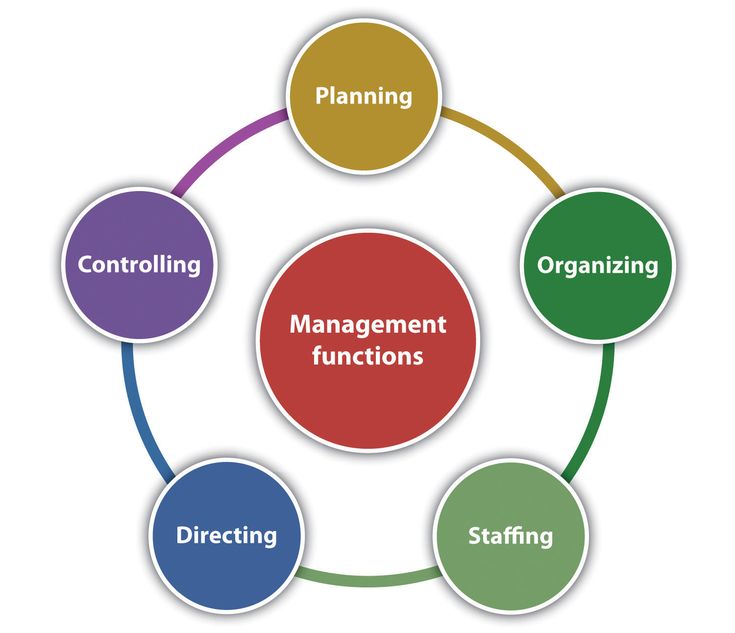 Emergent literacy can be thought of as the totality of the language capacities, knowledge, and skills a child possesses even before developing the ability to turn that knowledge into reading in ways that are measured as conventional skills. Children are developing reading, writing, and language concurrently during their earliest years. All of the key concepts in emergent literacy occur on a developmental continuum and involve stages of learning.
Emergent literacy can be thought of as the totality of the language capacities, knowledge, and skills a child possesses even before developing the ability to turn that knowledge into reading in ways that are measured as conventional skills. Children are developing reading, writing, and language concurrently during their earliest years. All of the key concepts in emergent literacy occur on a developmental continuum and involve stages of learning.
The National Literacy Panel (2010) defined literacy by identifying and defining skills, both in the earliest stages as precursor skills and later stages as conventional skills. We can examine behaviors evident in emergent literacy, including three broad areas of literacy skills: language development, reading, and writing, which can be further broken down into specific indicators.
Marvin and Maria are playing in the dramatic play area. Marvin and Maria are both cooking, and Marvin brings a plate of food to the stuffed bear seated at the table.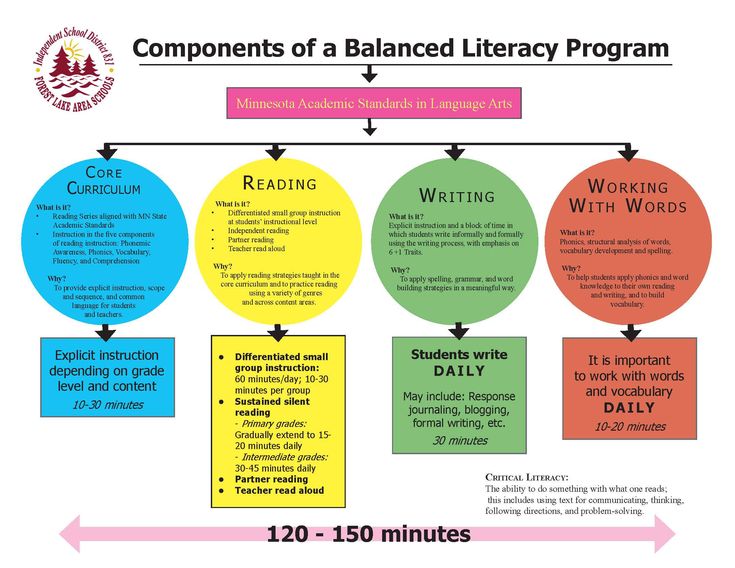 Marvin looks at the bear and says, “Do you want ketchup?” Maria shakes her head and says, “We don’t have ketchup.” Marvin speaks for the bear and says, “But, ketchup is on the menu.” Marvin walks over to the stack of menus that are part of the play area and mimics reading the menu. He then says, “Ketchup is not on the menu.” He then scribbles on a small strip of paper and gives it to the stuffed bear saying, “Here is your bill.” Maria responds, “K-ketchup! K-ketchup! K-ketchup!” in a sing-song voice as they continue to play.
Marvin looks at the bear and says, “Do you want ketchup?” Maria shakes her head and says, “We don’t have ketchup.” Marvin speaks for the bear and says, “But, ketchup is on the menu.” Marvin walks over to the stack of menus that are part of the play area and mimics reading the menu. He then says, “Ketchup is not on the menu.” He then scribbles on a small strip of paper and gives it to the stuffed bear saying, “Here is your bill.” Maria responds, “K-ketchup! K-ketchup! K-ketchup!” in a sing-song voice as they continue to play.
This interaction displays many of the characteristics of emergent literacy behaviors. Marvin and Maria are engaging in conversation and connecting stories to their experiences. They pretend to read and pretend to write as well as use oral language to communicate their ideas. These types of social exchanges provide an opportunity to practice the behaviors that will help prepare children to proficiently read and write.
1.4a Language DevelopmentLanguage development tends to be conceptualized as receptive language, expressive language, and the interaction between communicators.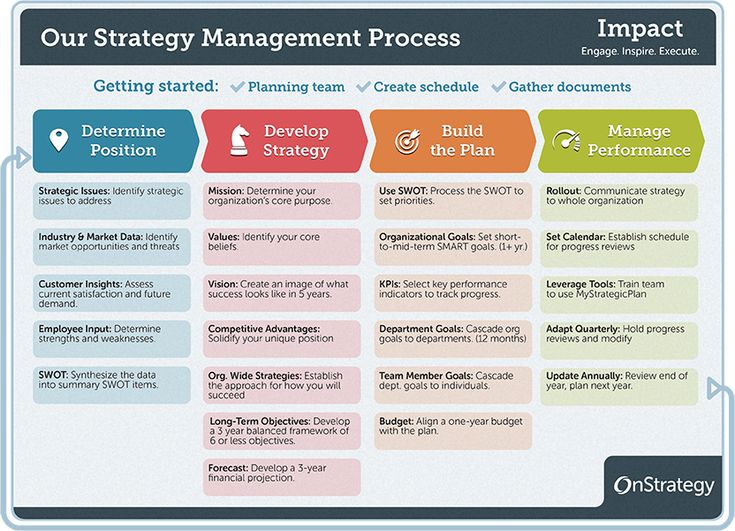 Receptive language involves receiving, interpreting, comprehending and decoding. Expressive language is the production or encoding of information. Speaking, listening, and non-verbal communication allow children the opportunity to use words and gestures to express ideas and feelings. Language requires an understanding of vocabulary (choice of words), context (how and when words are used), and language conventions (rules for using words in meaningful ways). For example, a child may use different vocabulary or tone of voice with a sibling than they might with a stranger or a grandparent. Language may also be non-verbal through the use of sign language, gestures, and non-verbal cues (facial expressions and body language). Language development is pivotal to the growth of a child’s reading and writing development. In the vignette above, we see that Marvin and Maria are using language to express and receive information as they debate whether or not ketchup is on the menu.
Receptive language involves receiving, interpreting, comprehending and decoding. Expressive language is the production or encoding of information. Speaking, listening, and non-verbal communication allow children the opportunity to use words and gestures to express ideas and feelings. Language requires an understanding of vocabulary (choice of words), context (how and when words are used), and language conventions (rules for using words in meaningful ways). For example, a child may use different vocabulary or tone of voice with a sibling than they might with a stranger or a grandparent. Language may also be non-verbal through the use of sign language, gestures, and non-verbal cues (facial expressions and body language). Language development is pivotal to the growth of a child’s reading and writing development. In the vignette above, we see that Marvin and Maria are using language to express and receive information as they debate whether or not ketchup is on the menu.
As you interact with young children, how attuned are you to their facial expressions? Do you notice their gestures such as pointing? Do you review their non-verbal reactions such as squeals and eye gaze? Children “speak” in many different ways even beyond the use of words.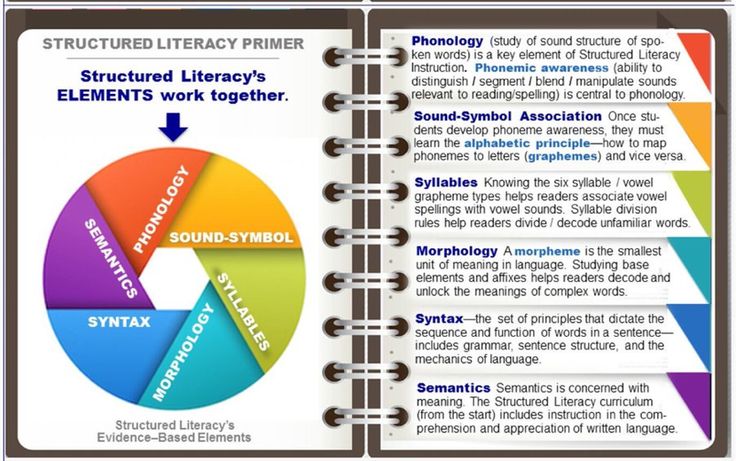 What strategies can we use to make sure we are listening to what they need us to know?
What strategies can we use to make sure we are listening to what they need us to know?
Reading is a complex process. It requires readers to continually decode and comprehend a written message. Decoding requires the reader to connect letter symbols and sounds, while comprehension involves understanding the meaning of written text. The report of the National Reading Panel (NICHD, 2000) identified five key components of reading. These five areas are (a) phonemic awareness, (b) phonics, (c) fluency, (d) vocabulary, and (e) comprehension. While these five components are important, the original report did not address emergent reading practices in birth to five-year-old children. A more expansive definition of reading would include a variety of observable behaviors and skills exhibited before a child is able to connect sound-symbol relationships or become fluent readers. Children are engaging in many prereading tasks and preparing for conventional reading in their earliest years.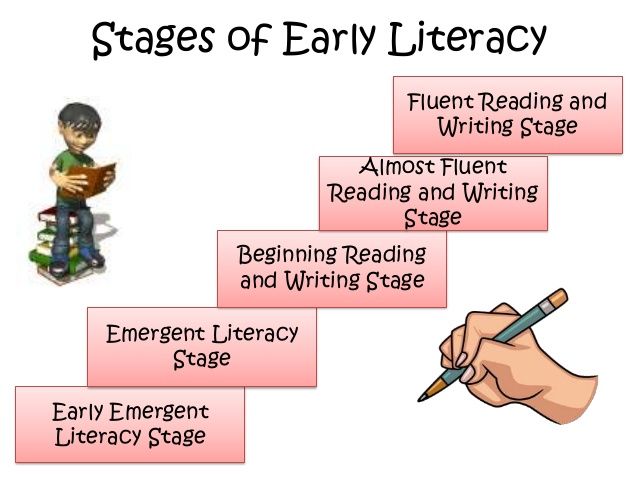 The report of the National Early Literacy Panel indicated that preconventional reading skills include print concepts, alphabet knowledge, print knowledge, phonological awareness, vocabulary, and oral language (National Institute for Literacy, 2008). When Marvin picks up the menu to “read it,” he is engaging in emergent reading behaviors.
The report of the National Early Literacy Panel indicated that preconventional reading skills include print concepts, alphabet knowledge, print knowledge, phonological awareness, vocabulary, and oral language (National Institute for Literacy, 2008). When Marvin picks up the menu to “read it,” he is engaging in emergent reading behaviors.
Writing progresses in stages and in a bidirectional fashion with reading. While reading is a manner of receiving communication, writing offers a way to visually represent and produce communication. Sulzby and Teale (1991) indicate that scribbling as intentional writing can be observed in children as young as 18 months. They go on to say that scribbling represents the beginnings of writing for most children. Eventually children will move from scribbling to increasingly sophisticated markings in order to communicate meaning to themselves or others. In the example with Marvin and Maria above, Marvin acts out this expectation of shared meaning when he hands the teddy bear a bill.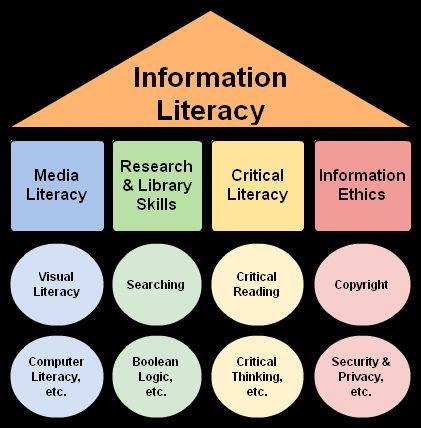 These emergent writing behaviors help prepare children for conventional writing later.
These emergent writing behaviors help prepare children for conventional writing later.
Literacy includes language, reading, and writing, which are interrelated concepts that reflect and support a child’s overall thinking. Within these concepts are discrete areas that support the development of the broader concepts listed above. Literacy development is contextual, occurring within the supportive environments of the home and school, where family members and teachers support the development of the child through interactions, location specific opportunities, and relationships. We have developed a model to illustrate how this learning occurs, and we have chosen to organize the book around these central concepts (see Figure 1.1).
Figure 1.1 Nested Literacy Model
1.5a The NestThe overarching literacy concepts frame the nest and surround the bird. The three concepts, language development, writing, and reading are interconnected and collectively support the child’s literacy development.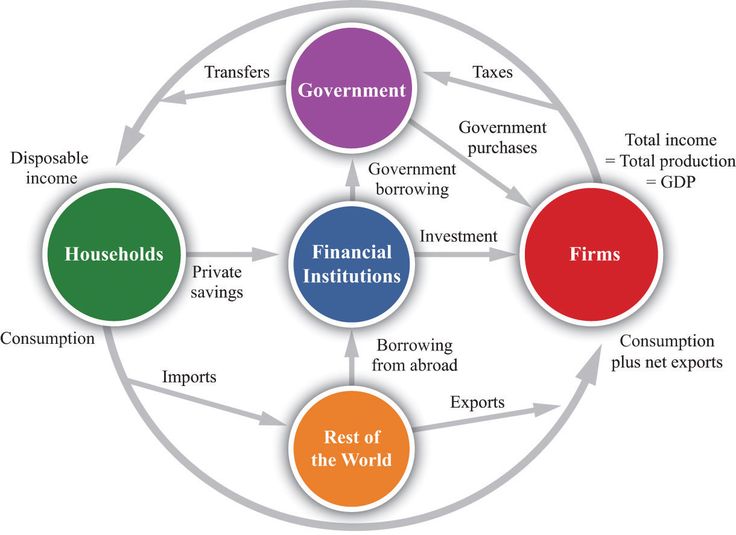 A child’s capacity for developing their reading, writing, and language skills is continuous. In other words, as the child continues to engage in meaningful interactions with others, reading, and writing, they will expand and enhance their proficiencies within each literacy concept. While the overarching literacy concepts are continuous, children bolster their literacy knowledge when they acquire discrete literacy skills as well. Discrete skills (e.g., directionality of text, phonemic awareness, alphabet and word awareness,) support children’s literacy progression. In contrast to continuous literacy concept development, once a child acquires a discrete skill, that knowledge is then used by the child to engage in subsequent literacy experiences.
A child’s capacity for developing their reading, writing, and language skills is continuous. In other words, as the child continues to engage in meaningful interactions with others, reading, and writing, they will expand and enhance their proficiencies within each literacy concept. While the overarching literacy concepts are continuous, children bolster their literacy knowledge when they acquire discrete literacy skills as well. Discrete skills (e.g., directionality of text, phonemic awareness, alphabet and word awareness,) support children’s literacy progression. In contrast to continuous literacy concept development, once a child acquires a discrete skill, that knowledge is then used by the child to engage in subsequent literacy experiences.
In the nested literacy model, the child is in the center, represented in our model by the bird. Children bring with them into their learning environments prior knowledge, language experiences, and print knowledge. Their experiences bring opportunities for the child to strengthen the literacy concepts (i.e., language development, reading, and writing) and acquire new knowledge. As the child interacts with their environment and is provided with literacy-rich opportunities, the child’s emergent literacy abilities develop and grow. The child uses these abilities to engage family members, classmates, and others, establishing a continuous and iterative cycle of literacy learning.
Their experiences bring opportunities for the child to strengthen the literacy concepts (i.e., language development, reading, and writing) and acquire new knowledge. As the child interacts with their environment and is provided with literacy-rich opportunities, the child’s emergent literacy abilities develop and grow. The child uses these abilities to engage family members, classmates, and others, establishing a continuous and iterative cycle of literacy learning.
The home/family, community, and school environments are the wider contexts in which the child is quite literally nested. As a child interacts with the environment, they develop expressive and receptive language, reading, and writing skills. The tree branch supports the nest and the child as they continue to grow and construct meaning while engaging in social interactions. The tree branch literally provides a scaffold for the child and highlights the importance of a supportive environment. Rich literacy interactions and cognitive growth are enhanced when the environmental factors and contexts (e.g., school, community, family, health, economic) provide a positive and healthy space for children to explore, interact, and engage. All of these elements will be explored in detail in subsequent chapters and continue to demonstrate the interactions among the child, the emergent literacy components, and the broader environmental factors that enhance children’s emerging literacies.
Rich literacy interactions and cognitive growth are enhanced when the environmental factors and contexts (e.g., school, community, family, health, economic) provide a positive and healthy space for children to explore, interact, and engage. All of these elements will be explored in detail in subsequent chapters and continue to demonstrate the interactions among the child, the emergent literacy components, and the broader environmental factors that enhance children’s emerging literacies.
We hope that this text will help you understand the wider picture of how emergent literacy develops and provide concrete strategies for incorporating literacy rich opportunities for young children into your classroom. Part I (Chapters 1-3) illustrates development in the early years and the theories that inform best practices for literacy. Part II (Chapters 4-6) addresses contexts for learning, environmental supports, and assessment.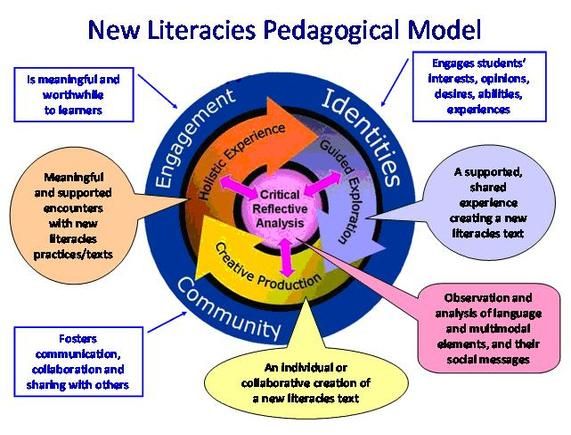 Part III (Chapters 7-10) addresses language development, reading, and writing, and presents the progression of literacy development.
Part III (Chapters 7-10) addresses language development, reading, and writing, and presents the progression of literacy development.
To enhance readers’ engagement with the book, we include a number of features to promote educators’ visualizations of a variety of literacy concepts and practices. Each chapter uses vignettes to illustrate children’s literacy experiences. The vignettes are drawn from our collective experiences working with young children and families over the years. Throughout the chapters, we also integrate Pause and Consider boxes to provide places for readers to stop and reflect on essential concepts as they are presented. At the end of each chapter, we provide a Key Take-Aways box followed by a Resource box with links to complementary materials for educators to consider. Embedded within each chapter, icons representing the bird, nest, or branch are also included to support the reader’s attention back to the Nested Literacy Model. Finally, to provide readers with windows into early childhood classrooms, the book also includes photographs of young children immersed in literacy experiences. Readers will notice that many photos include children and educators wearing masks. Rather than remove these images, we intentionally retain the photos to serve as historical reminders of the essential role early educators played in supporting our youngest children and their families throughout the global pandemic. We value the work early educators do to nurture every child, and we hope this text extends the literature available to early educators in meaningful and personally relevant ways. We hope you enjoy the journey.
Finally, to provide readers with windows into early childhood classrooms, the book also includes photographs of young children immersed in literacy experiences. Readers will notice that many photos include children and educators wearing masks. Rather than remove these images, we intentionally retain the photos to serve as historical reminders of the essential role early educators played in supporting our youngest children and their families throughout the global pandemic. We value the work early educators do to nurture every child, and we hope this text extends the literature available to early educators in meaningful and personally relevant ways. We hope you enjoy the journey.
Language, reading, and writing develop simultaneously from birth. What evidence of early reading, writing or language do you see with infants and toddlers? What do you see with preschoolers?
This textbook is organized around the central concepts of language, reading, and writing. As a child develops, these components of emergent literacy are concurrently supported by the other. The textbook also explores theoretical frameworks, pedagogical approaches, and assessment in reading, writing, and language. The early years are profoundly impactful as children grow and develop, nested in their environment and supported by the family and the early learning setting.
The textbook also explores theoretical frameworks, pedagogical approaches, and assessment in reading, writing, and language. The early years are profoundly impactful as children grow and develop, nested in their environment and supported by the family and the early learning setting.
National Association for Education of Young Children: https://www.naeyc.org/
Virginia’s Early Learning & Development Standards (ELDS): Birth-Five Learning Guidelines. https://www.doe.virginia.gov/early-childhood/curriculum/va-elds-birth-5.pdf
Zero to Three: https://www.zerotothree.org/
ReferencesBloom, L., & Lahey, M. (1978). Language development and language disorders. Wiley.
Clay, M. M. (2001). Change over time in children’s literacy development. Heinemann.
Clay, M. M. (1966). Emergent reading behaviour. Unpublished doctoral dissertation. University of Auckland, New Zealand.
Eunice Kennedy Shriver National Institute of Child Health and Human Development, NIH, DHHS. (2010). Developing early literacy: Report of the National Early Literacy Panel (NA). U.S. Government Printing Office.
(2010). Developing early literacy: Report of the National Early Literacy Panel (NA). U.S. Government Printing Office.
National Reading Panel (U.S.), & National Institute of Child Health and Human Development (U.S.). (2000). Report of the National Reading Panel: Teaching children to read: An evidence-based assessment of the scientific research literature on reading and its implications for reading instruction: Reports of the subgroups. National Institute of Child Health and Human Development.
Saracho, O. N. (2002). Young children’s literacy development. In O. N. Saracho & B. Spodek (Eds.), Contemporary perspectives on early childhood curriculum (Vol. 1, pp. 111–130). Information Age Publishing.
Sulzby, E., & Teale, W. (1985). Writing development in early childhood. Education Horizons, 64, 8–12.
Sulzby, E., & Teale, W. H. (1991). Emergent literacy. In R. Barr, M. L. Kamil, P. Mosenthal, & P. D. Pearson (Eds.), Handbook of reading research (Vol.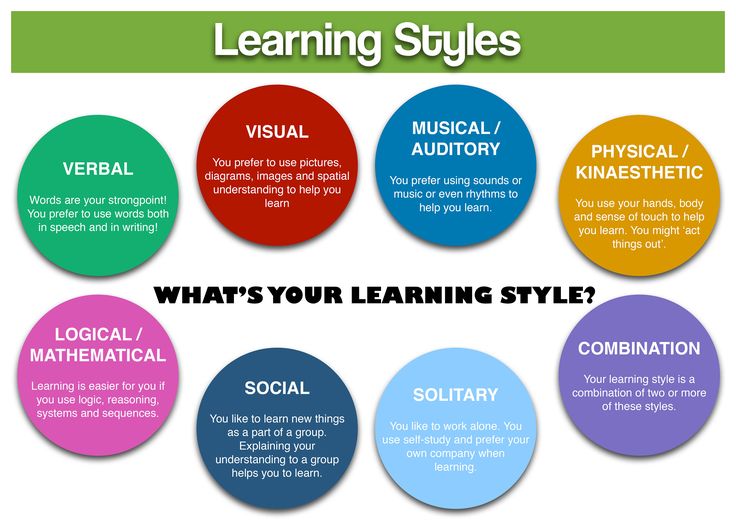 2, pp. 727–757). Longman.
2, pp. 727–757). Longman.
Teale, W. H. (1982). Toward a theory of how children learn to read and write naturally. Language Arts, 59, 555–570.
Whitehurst, G. J., & Lonigan, C. J. (1998). Child development and emergent literacy. Child Development, 69, 848–872.
Whitehurst, G. J., & Lonigan, C. J. (2001). Emergent literacy: Development of prereaders to readers. In S. B. Neuman & D. K. Dickinson (Eds.), Handbook of early literacy research (Vol.1, pp.11–29). Guilford.
Image Credits
Figure 1.1: Kalyca Schultz and Christine Schull. “Nested Literacy Model.” CC-BY 2.0.
Additional Images
Image, Section 1.2: Longwood University. [Children Working] CC BY-NC-SA 2.0.
Page not found « Regional Education Development Center
|
Login and register
RCRO work plans
Useful links
Site satellites | Sorry, but you are looking for something that is not here. |
Main
version for the visually visible
ArchiveArchive Acquaintance the month of February 2023 (38) January 2023 (38) January 2023 (52) January 2023 (52) November October 2022 (98) September 2022 (66) August 2022 (39) July 2022 (33) June 2022 (58) May 2022 (73) April 2022 (102) March 2022 (9)6) February 2022 (64) January 2022 (51) December 2021 (68) November 2021 (95) October 2021 (62) September 2021 (92) August 2021 (48) July 2021 (40) June 2021 (21) May 2021 (21) 64) April 2021 (111) March 2021 (112) February 2021 (88) January 2021 (74) December 2020 (125) November 2020 (133) October 2020 (130) September 2020 (96) July 2020 35) June 2020 (83) May 2020 (78) April 2020 (86) March 2020 (118) February 2020 (117) January 2020 (77) December 2019 (115) November 2019(151) October 2019 (165) September 2019 (100) August 2019 (48) July 2019 (20) June 2019 (52) May 2019 (100) April 2019 (180) March 2019 9 (128) February 2019 () (86) December 2018 (103) November 2018 (149) October 2018 (125) September 2018 (78) August 2018 (65) July 2018 (19) June 2018 (57) May 2018 (106) March 2018 (2018) (123) February 2018 (116) January 2018 (71) December 2017 (130) November 2017 (121) October 2017 (109) September 2017 (82) August 2017 (59)) July 2017 (31) June 2017 (52) May 2017 (80) April 2017 (112) March 2017 (112) February 2017 (83) January 2017 (76) December 2016 (96) November 2016 (201) October ) September 2016 (74) August 2016 (51) July 2016 (25) June 2016 (53) May 2016 (80) April 2016 (92) March 2016 (81) February 2016 (60) January 2016 (405) December (545) ) November 2015 (82) October 2015 (70) September 2015 (72) August 2015 (24) July 2015 (16) June 2015 (60) May 2015 (56) April 2015 (78) March 2015 (74) February) January 2015 (39) December 2014 (52) November 2014 (48) October 2014 (76) September 2014 (67) August 2014 (81) July 2014 (18) June 2014 (33) May 2014 (62) April ) March 2014 (68) February 2014 (68) January 2014 (35) December 2013 (45) November 2013 (46) October 2013 (43) September 2013 (42) August 2013 (86) July 2013 (201) June ) May 2013 (28) April 2013 (76) March 2013 (62) February 2013 (47) January 2013 (29) December 2012 (44) November 2012 (58) October 2012 (43) September 2012 (53) August) July 2012 (19) June 2012 (19) May 2012 (47) April 2012 (55) March 2012 (56) February 2012 (59) January 2012 (34) December 2011 (34) November 2011 (401) October 2011 (47) October ) September 2011 (26) August 2011 (11) July 2011 (8) June 2011 (29) May 2011 (26) April 2011 (57) March 2011 (100) February 2011 (47) January 2011 (42) December 2050 (2050) ) November 2010 (40) October 2010 (19) |
Sitemap
OFFICIAL SITE
MAOU secondary school No. 19
236010, Russia, Kaliningrad, st. Mendeleeva, 13 (main school)
236010, Russia, Kaliningrad, st. 38 Shady Alley (elementary school)
- About school
- Information
- History
- Our achievements
- News
- School projects
- Child-adult community
- Cooperation
- Innovative platform for spiritual and moral development and education
- Health, safety
- Contacts
- "Landmark - 2020"
- Digital learning environment
- Anti-terrorism security
- Information about the OO
- Basic information
- Structure and governing bodies of an educational organization
- Documents
- Education
- Manual.

